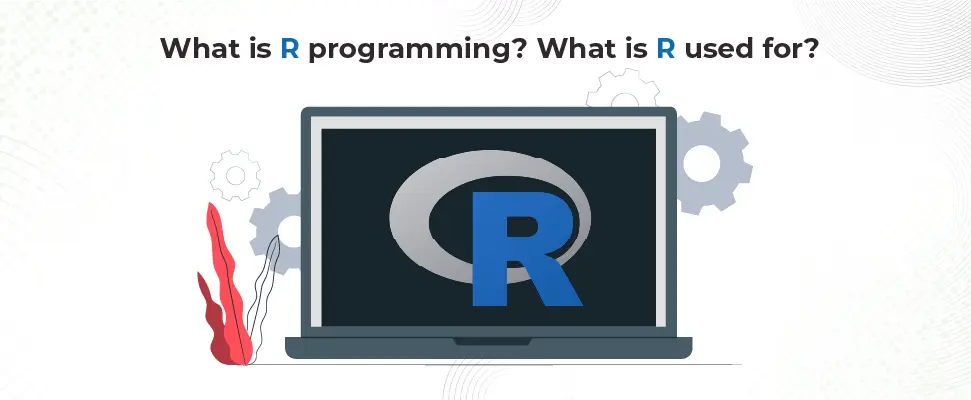Table of Contents
ToggleIntroduction
Data analysts and researchers heavily depend on R to extract meaningful insights. It is the “celebrated hero” that revolutionized the way professionals work with complex datasets. According to the TIOBE Index of 2023 survey report, R holds 17th rank in the popularity scale. So, keeping this growing popularity in mind, in today’s article, we’ll explore R’s usages, advantages, and drawbacks. So here we go!

Don't miss out on your chance to work with the best
apply for top global job opportunities today!
What is R programming?
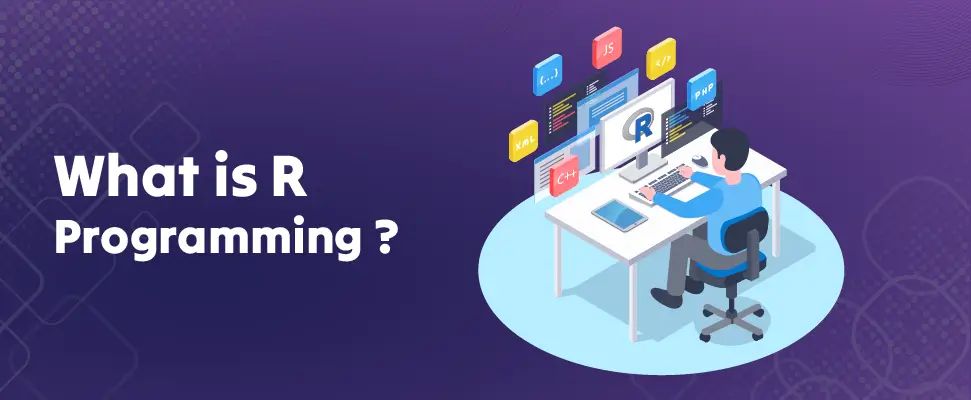
Introduced in the year 1991 by Ross Ihaka and Robert Gentleman at the University of Auckland, R is an interpreted and domain-specific programming language primarily used to create statistical computing and graphics. However, with its rising popularity, we can see its use cases in deep learning algorithms and machine learning.
Advantages of using R
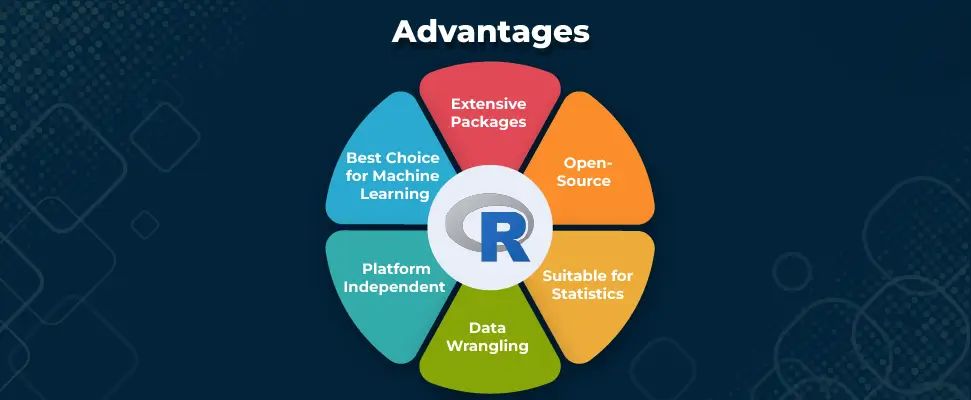
- Extensive Packages: It consists of more than 10000 packages in the CRAN repository and the number keeps increasing.
- Open-Source: There are no charges involved to use R. Also, no licenses are required.
- Suitable for Statistics: R’s feature-rich function and graphical techniques outshine in this regard due to which programmers choose R over other languages.
- Data Wrangling: It provides a wide range of host packages that allow data analysts to turn unstructured data into organized and structured formats.
- Platform-Independent: R programs can run in all operating systems; a developer can write a program without worrying about cross-platform compatibility.
- Best Choice for Machine Learning: It supports regression and classification options and offers neural network packages for ML development.
Disadvantages of using R
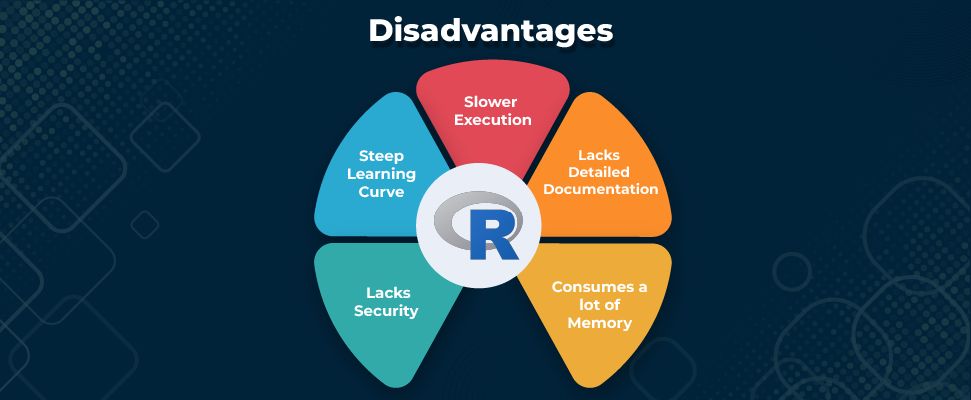
- Slower Execution: R being the interpreted language lead to slow execution, making it unsuitable for complex computation.
- Lacks Detailed Documentation: It lacks dedicated support due to which some sections are incomplete and might not have include extensive explanation on all the functionalities.
- Consumes a lot of Memory: Due to memory inefficiency, lack of automatic garbage collection, and limited multi-threading support, R eventually occupies cloud-based memory as well.
- Lacks Security: R can’t be embedded in web browsers and is not the best choice for applications that require basic security measures.
- Steep Learning Curve: It is suitable for those who have prior experience in other programming languages such as Python, SQL, and SAS.
Why Use R?
It is the best statistical programming language available in the market widely used by research scientists and data analysts.
- R offers the best libraries for handling complex statistical tasks such as time-series analysis, classical statistical tests, spatial, classification, linear, and nonlinear modeling.
- Easily handle machine learning algorithm tasks such as grouping data points into clusters and creating predictive models.
- Effective tools to showcase complex data in the form of reports and presentations.
R is Highly Used for
R’s extensive libraries are best suited for statistical computing and design. It’s beneficial for data importing and cleaning due to which it’s commonly used by quantitative analysts. R is ranked as one of the Top Five Programming Languages of the Year with a 4.26% market share. Besides, it is widely used in finance, academic research, Government (FDA, National Weather Service), retail, social media, data journalism, manufacturing, and healthcare.
Companies that use R
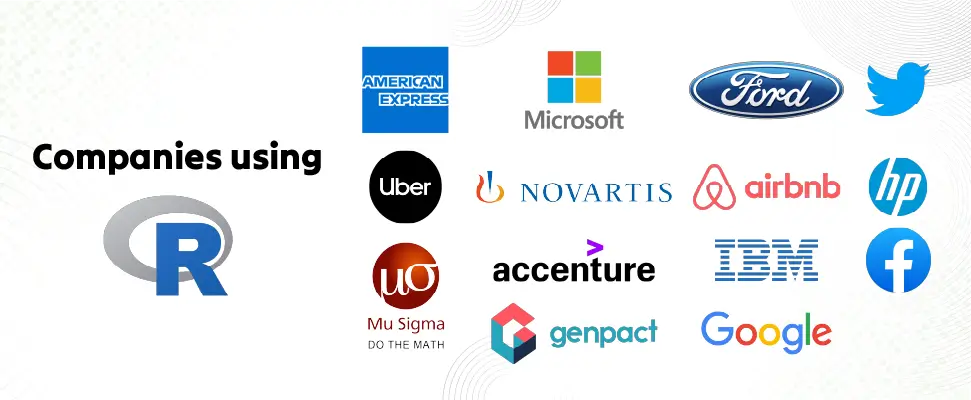
Conclusion
If you are an expert in R, then know that today, businesses are actively looking for data scientists, statistical programmers, and data analysts with expertise in R. If you are actively seeking job as a data scientist, then sign up with Olibr now!
FAQs
R is not as beginner-friendly as Python, so learning R for beginners can be challenging. That being said, it varies as per an individual’s learning experience, and some may find it easy to master the basic concept of R. Still, the learning curve is steeper as compared to the other languages.
Yes, you can. However, the performance, implementation, algorithm, and syntax may vary in both.
Both of the languages come with their own sets of strengths and weaknesses, we can’t pinpoint one and say better. Python excels in mobile apps, e-commerce sites, AI, and web development. Whereas R outshines in statistical research, data mining, and academic setting. But in the data science field, both of these languages are a suitable choice.
Both of these are popular for data analysis and data science, but Python provides an easier learning curve than R.
You can use R to perform various data analyses and computing tasks. For instance, you use R to handle complex data sets and then manipulate them, and later create a visualization of data.
Of course not! It will take several weeks to get a good grasp of the basics of R.
Take control of your career and land your dream job
sign up with us now and start applying for the best opportunities!


